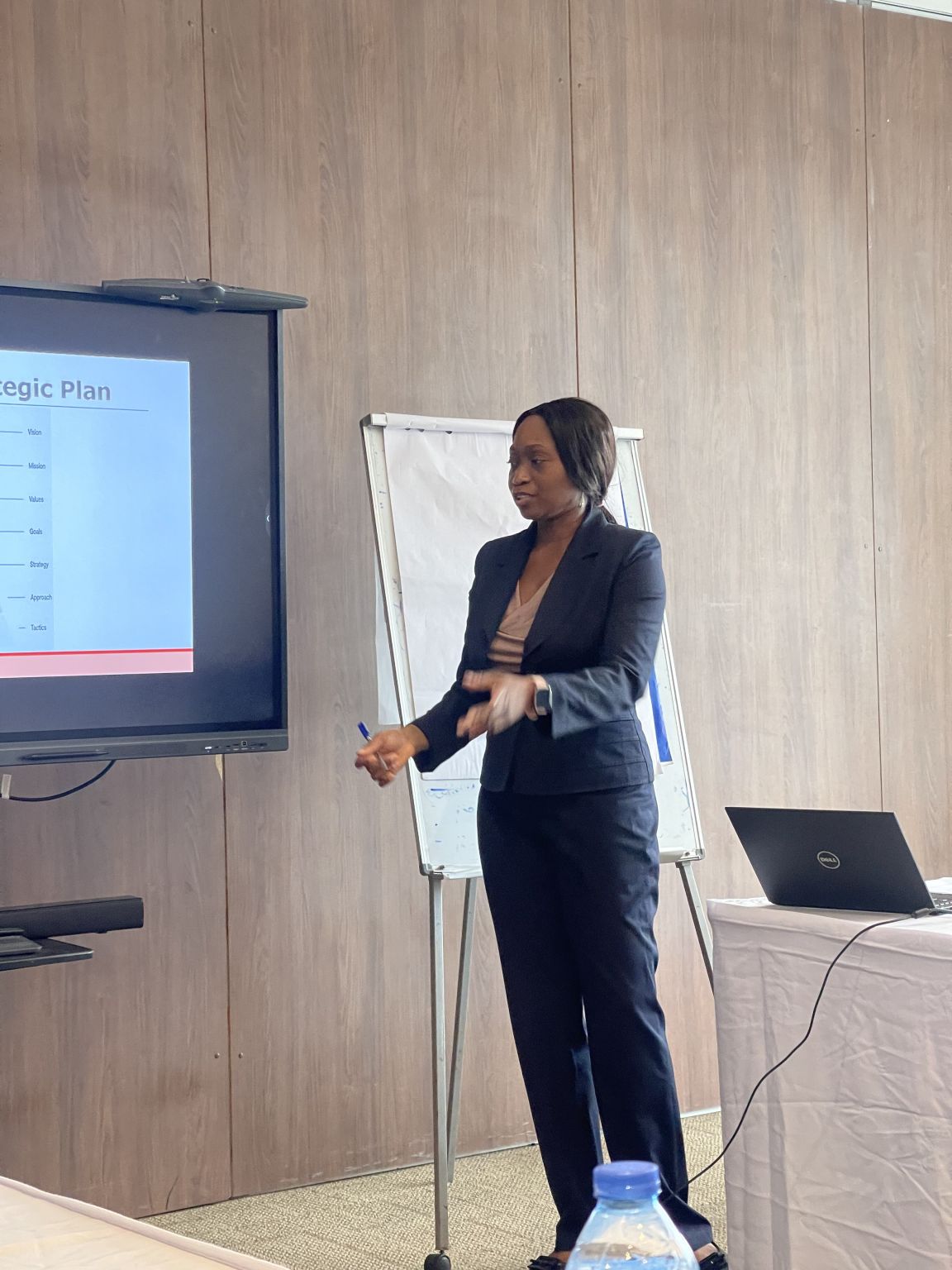
The New Reality: Your Competition Isn’t Who You Think
Your customers aren’t comparing your service to your direct competitors anymore. They’re comparing you to the best experience they had anywhere last week—whether that was ordering groceries online, streaming a movie, or tracking a package in real-time.
This shift creates what we call the “Service Excellence Gap”: the growing distance between what customers now expect and what many organizations can currently deliver. For business leaders, this gap represents both a threat and an opportunity. For customer service leaders, it’s the challenge you’re navigating every single day.
The stakes? Organizations that successfully close this gap and build their operations around customer needs achieve revenue growth rates 3.5 times higher than competitors who don’t. That’s not incremental improvement—that’s transformational business performance.
What Customers Actually Demand (And Why It Matters to Your Bottom Line)
73% of customers say experience is the #1 factor in their purchasing decisions; not price, not product features, but how you make them feel throughout their journey with your company.
But here’s where it gets specific. Research reveals two non-negotiable expectations:
- Speed: Customers are 2.4 times more likely to remain loyal when their problems are resolved quickly and 72% expect immediate service—not “within 24 hours,” but now.
- Context: 70% of customers expect anyone they interact with to have complete visibility into their history, regardless of which channel they’re using.
For Business Leaders: The Revenue Connection
When customers experience fast, contextual service, they don’t just stay, they spend more. This directly impacts:
- Customer lifetime value (repeat purchases increase)
- Acquisition costs (referrals rise, marketing spend efficiency improves)
- Operational efficiency (first-contact resolution reduces costly escalations)
For Customer Service Leaders: The Operational Reality
You already know the challenge: your team fields calls from customers who’ve already chatted online, emailed support, and checked the help center—yet they’re forced to start from scratch each time because your systems don’t talk to each other.
This isn’t just frustrating for customers. It’s demoralizing for your agents and creates the repetitive, low-value work that drives burnout.
The Data Integration Imperative: Why Silos Are Killing Your Service
Here’s the brutal truth: If your customer data lives in separate systems for sales, service, and product usage, you cannot meet the 70% who expect full context.
Every time a customer repeats their issue or re-verifies their identity across channels, you’re actively eroding trust. This isn’t a technology problem disguised as a service problem—it’s the foundational issue preventing service excellence.
What Integration Actually Means
Think of it this way: when a customer contacts you, can your agent instantly see:
- Their purchase history and current subscriptions?
- Previous support interactions and their outcomes?
- Recent website activity or app usage patterns?
- Preferences they’ve indicated across any channel?
If the answer is “no” or “only if they search multiple systems,” you have a data integration problem—and it’s costing you customers.
For customer service leaders: This is your business case for the unified customer platform you’ve been requesting. The 70% expectation statistic isn’t soft data—it’s a clear mandate for infrastructure investment.
For business leaders: Data integration isn’t an IT project; it’s a revenue protection strategy. The ROI comes from reduced churn, increased efficiency, and the competitive advantage of actually delivering on the “seamless experience” promise.
The Automation Opportunity: Freeing Your Team for What Matters Most
Administrative tasks consume 30% of an average service technician’s working time—nearly one-third of their day spent on activities that don’t directly help customers.
This is where artificial intelligence and automation create immediate value. Industry executives are forecasting a dramatic shift; 71% aim for fully automated (touchless) support for routine inquiries by 2027.
What This Means in Practice
Imagine AI handling:
- Account verification and basic information lookup
- Routine password resets and status checks
- Appointment scheduling and confirmation
- Common how-to questions with step-by-step guidance
This isn’t about replacing your human team—it’s about elevating them.
For customer service leaders: Your agents can finally focus on complex problem-solving, emotionally charged situations, and relationship-building interactions that actually require human empathy and judgment. This addresses the #1 driver of agent satisfaction, feeling like their work is meaningful.
For business leaders: Automation delivers 24/7 availability and instant responses at a fraction of the cost per interaction, while simultaneously improving employee retention by eliminating the monotonous tasks that drive turnover in service roles.
Beyond Personalization: Creating Experiences That Feel Uniquely Tailored
92% of brands now use AI-powered personalization. Why? Because 82% of consumers say personalized experiences influence their brand choice in at least half of their shopping decisions.
But there’s a critical distinction between basic personalization (“Hi, John!”) and true hyper-personalization, using behavioral data and predictive algorithms to anticipate needs and customize every interaction at scale.
The Competitive Advantage
When done right, hyper-personalization means:
- Product recommendations that actually match usage patterns
- Proactive service outreach before problems escalate
- Support content delivered in the customer’s preferred format and channel
- Pricing and offers aligned with actual value perception
This level of specificity is impossible without integrated data and intelligent automation working together.
Taking action during Customer Service Week: A unified commitment
As a customer service leader, use these insights to:
- Audit data accessibility: Can your team truly access the 360-degree customer view that 70% demand? Document the gaps.
- Identify the automation quick wins: List the top 3 administrative tasks consuming your team’s time—that’s your Agentic AI roadmap.
- Celebrate your team’s strategic value: Share how your service insights directly inform product development, marketing strategy, and customer retention.
As a business leader, demonstrate your commitment to customer-centricity by:
- Funding automation strategically: Support AI investments that free your human talent for high-value work, not just cost-cutting automation.
- Recognizing service as strategic: Customer Service Week is your opportunity to signal that service insights drive company-wide decisions—from product roadmaps to go-to-market strategy.
The Path Forward: Making Customer-Centricity Operational
The organizations achieving 3.5x revenue growth aren’t doing anything mysterious. They’re making three commitments:
- Data as foundation: Establishing integrated systems that provide complete customer context
- Automation as enabler: Using AI to handle routine work so humans can focus on complexity
- Strategy as partnership: Treating service insights as essential intelligence for the entire organization
The gap between customer expectations and organizational capability is real. But it’s also closable—and the financial rewards for closing it are substantial.
This Customer Service Week, let’s move beyond appreciation (though your service teams absolutely deserve it) to transformation: building the data infrastructure, automation capabilities, and cross-functional alignment that turn customer-centricity from aspiration into competitive advantage.
Ready to close your service excellence gap? At Plyse Professional Services, we empower organizations to transform service operations into growth engines through curated strategies, expert partnerships, and customer-back thinking. Let’s explore your roadmap to 3.5x growth together.









